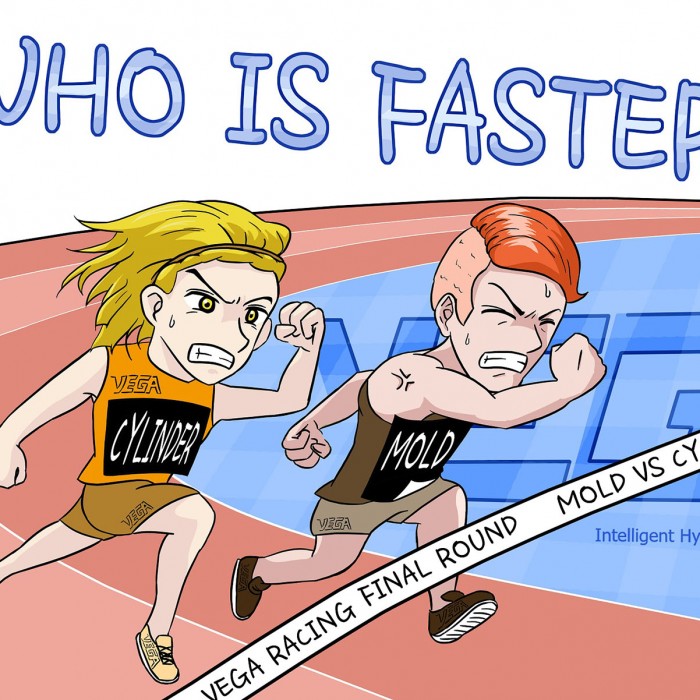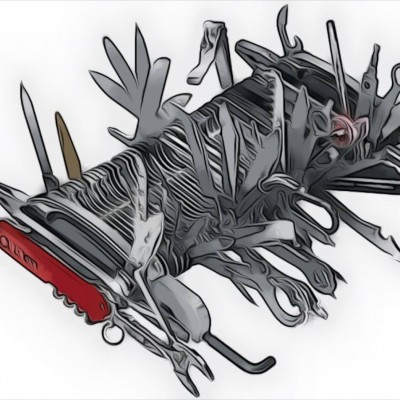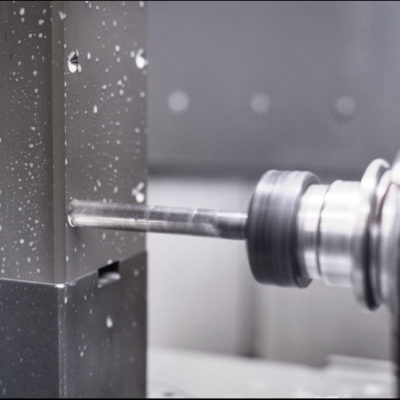Here is the story of Automotive Lighting, a company in the city of Udine (Italy), which purchased a Mold in China and faced some technical problems while testing its mold.
Early on this Italian end user set up a policy to use Block or Compact Cylinders (steel body), with the option of Threaded Delivery Oil Ports ONLY, to move the ejector plates.
The Chinese Mold Maker, for this order, took it upon themselves to decide that, instead of abiding to the above quoted policy, they would install Block Cylinders with Manifold Oil Deliveries.
The choice was made without the consent of the Italian end user and thus created a commercial issue.
Upon completing the mold and being ready to perform all tests, a manager sent by the Italian end user came to oversee the situation.
During these tests an issue was immediately clear that the 2 Compact Cylinders chosen were not strong enough to withstand the injection force generated by the molten plastic.
The manager immediately pointed the finger toward the mold maker and its decision to not follow the end user’s policy, this case generated quite a bit of resentment between the two parties.
The manager ordered the mold maker to replace the current cylinders with bigger ones and with the specified oil ports style.
This solution could have solved the problem from a technical viewpoint but would have resulted in a tremendous cost increase.
The costs would have increased due to many changes in mold design and construction.
The Chinese mold maker immediately called Guangzhou Vega Company to ask for support and eventually make peace with its customer.
What kind of support did we supply? And how did we solve the case?
Our Staff in China collected all the technical information about the case, which includes mold specs, pictures of the cylinders’ application and a video of the mold being tested.
Data was organised in China by one of our sales agent and sent at the same time to both our support team in China and in Italy.
Both teams decided to call the Italian end user and the Chinese mold maker, and after an hour they agreed to use a different approach to the problem.
The solution proposed was to leave the mold and cylinders as they were and apply a Non-Return Valve to the mold hydraulic circuit.
By using this valve we created a hydraulic lock inside our cylinder and thus a force to withstand the pressure exercised by the mold plate.
This solution allowed both the end user and the mold maker to retain costs and fulfil expectations.
Vega did not charge anything for the consultation, and the only parts invoiced were 2 check valves. (Here is the link for Vega accessories catalogue).
Do you want to know more about Non-return or Check Valves? Click here.




